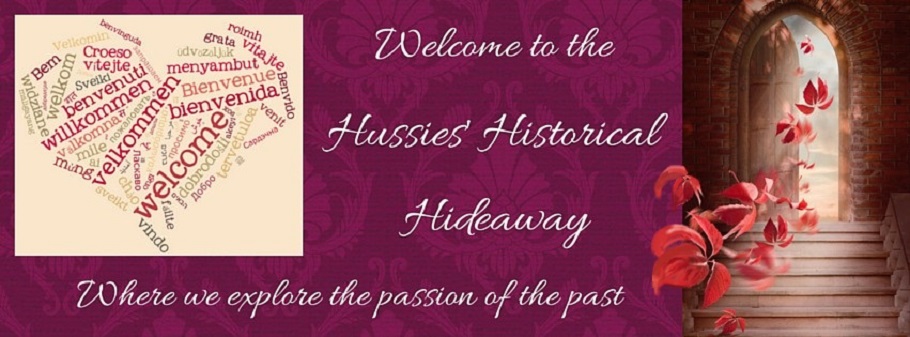A young couple making a wild dash for the Scottish border with an irate father in pursuit armed with a horsewhip, shotgun (or both) is a familiar theme, but why was it necessary and was Gretna Green the only destination for desperate lovers?
Scotland and England, two separate kingdoms, have different laws covering a range of activities, but for marriage this was not of much concern to anyone until Hardwicke’s Marriage Act of 1753 tightened up on clandestine marriages in England. English marriages should always have been performed by an Anglican clergyman in a parish where one of the parties was resident – but this was a “guideline” not enforced by any legislation.
As travel became easier so it also became simpler to slip away and get married somewhere questions would not be asked. This suited bigamous bridegrooms, underage couples – anyone in fact who wanted to be married away from home and escape detection. Many marriages were carried out by defrocked clergymen or other dubious characters and often in areas outside the jurisdiction of the Church of England. The most famous of these was the area around the Fleet Prison in London, which is why such marriages are often referred to as Fleet Marriages.
Thousands of clandestine marriages were performed every year – 6,000 a year is the estimate for the Fleet. Miraculously many of the 800 or so notebooks and registers that recorded these marriages have survived, thanks to a deliberate attempt to collect them up in the early 19th century. They can be seen at the National Archives (Class RG7: Registers of Clandestine Marriages and of Baptisms in the Fleet Prison, King’s Bench Prison, the Mint and the May Fair Chapel.)
The scope for bigamy and the difficulty of proving the legitimacy of children or sorting out questions of inheritance was an increasing concern with clandestine marriages so frequent and so the Lord Chancellor, the Earl of Hardwicke, introduced his Marriage Act in 1753. From then on (unless you were a Jew or a Quaker) you must marry in the Church of England by licence or banns and the marriage would be recorded in a special register with its pages numbered to help prevent fraud.
Over the border in Scotland this law had no force and the rules about what made a marriage legitimate were far more relaxed. Couples could marry in church or chapel if they chose but they could also marry by declaring their intent before witnesses (marriage by declaration) or – of no use to English couples – they could be considered married by “custom and repute” simply by living together for a number of years.
The age where marriage without parental consent is legal was also lower, and remains at sixteen in Scotland to this day while in England, by the eighteenth century, it was twenty one.
Overnight, marriage in Scotland became the obvious option for couples who could not wed in their home parish for whatever reason. Any location over the border was of equal validity for the purpose but the first town or village on the major road routes were obviously more popular. Gretna Green is the most famous and it was also the most accessible from many parts of England because it is just over the border at the most southerly point where the two countries join.
However, if the Great North Road to the west suited you better, then the tiny hamlet of Lamberton was the place to aim for. The border is more complicated here than anywhere else because of the status of Berwick upon Tweed. The Tweed is the geographical frontier between England and Scotland, but Berwick on the north bank had an anomalous legal status after centuries of being a buffer between the two nations. The Berwick Bounds cover the area for four miles around the town and Scottish marriage law did not apply until you were outside them.
Lamberton, just over this frontier, had a toll house and it was here that couples taking the Great North Road route could first be married – and were until 1856 when an Act of Parliament prevented all marriages that had not been preceded by a residence of at least twenty one days.
The toll house is still there, although you need to look hard to recognise it in what looks at first sight to be a 20th century bungalow.
Once at Lamberton the fugitive couples were safe, and so was whoever performed the “ceremony” for them – usually the toll-keeper. But carelessness was punished savagely. On one occasion the keeper, Joseph Atkinson, had gone into Berwick on business. A couple arrived to be married and his wife told them where he was. They tracked him down and he married them – but within Berwick Bounds. The marriage was declared null and void and the unfortunate Mr Atkinson was sentenced to seven years’ transportation to Australia.
On a lighter note, the wonderful chronicler of the stage coach routes, Charles G Harper, records that until 1856 a sign in the window of the Lamberton toll house read, “Ginger-beer sold here and marriages performed on the most reasonable terms.” (The Great North Road. 1901)
Louise Allen
Forbidden Jewel of India Harlequin & Mills & Boon January 2013


